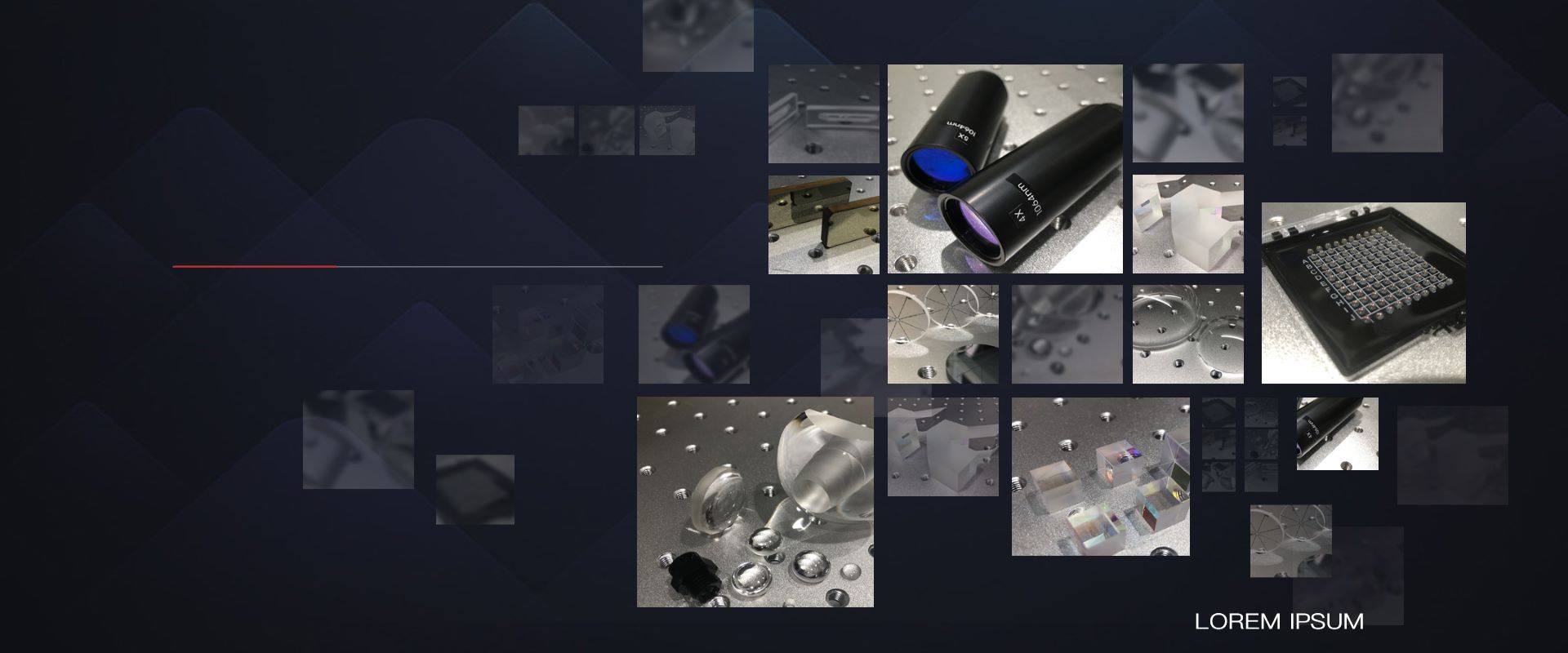Dielectric Laser Line Mirror
Mirrors are manufactured by applying a reflective coating to a suitable substrate. The most common substrate is glass, due to its transparency, ease of fabrication, rigidity,
hardness, and ability to take a smooth finish. The reflective coating is typically applied to the back surface of the glass, so that the reflecting side of the coating is protected
from corrosion and accidental damage by the glass on one side and the coating itself and optional paint for further protection on the other.
Technical mirrors may use a silver, aluminium, or gold coating (the latter typically for infrared mirrors), and achieve reflectivities of 90–95% when new. A protective transparent
overcoat may be applied to prevent oxidation of the reflective layer. Applications requiring higher reflectivity or greater durability, where wide bandwidth is not essential, use
dielectric coatings, which can achieve reflectivities as high as 99.999% over a narrow range of wavelengths.
